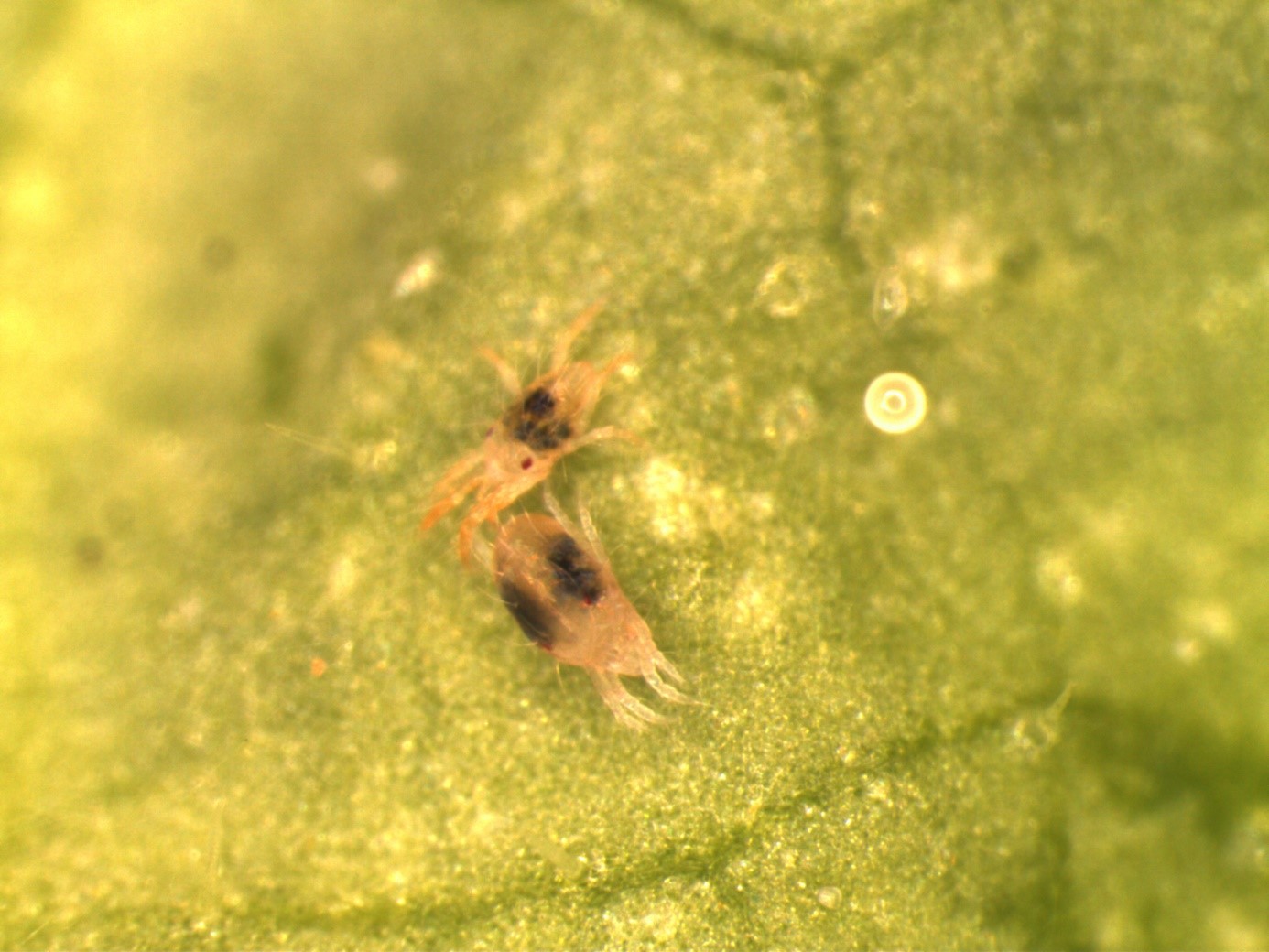After the optimisation of powdery mildew management with UV-C-light in cucumber cultivation at the Research Station of Vegetable Production (Proefstation voor de Groenteteelt or PSKW), it is time to examine the effects of UV-C light on other pests, disease or biologicals. In a first trial we showed that UV-C-light is able to control spider mite populations.
In this trial we compared a 50 J/m² dose of UV-C (three times a week), the introduction of Phytoseiulus persimilis and the combination of both treatments to control spider mites.
After three weeks of UV-C treatment, the spider mite population was significantly smaller than the population without UV-C. After six weeks, the number of spider mites barely increased compared to the first week. This clearly shows that UV-C can keep the pest under control.
We also observed that Phytoseiulus was not able to control spider mites during this short trial. In week six, Phytoseiulus starts having a small, non-significant effect. This shows that the predatory mite might need more time to develop its population. The UV-C treatment, on the contrary, had an immediate effect. Observing the predatory mite population, UV-C did not have an effect on Phytoseiulus. Its population however can grow slower due to the lower food supply of spider mites.


